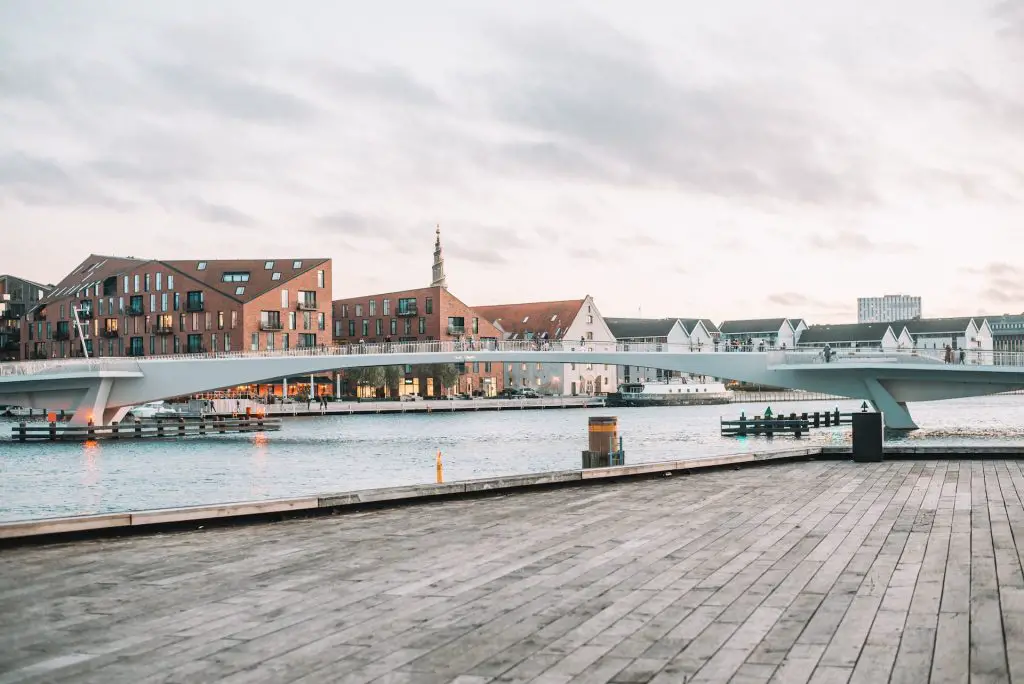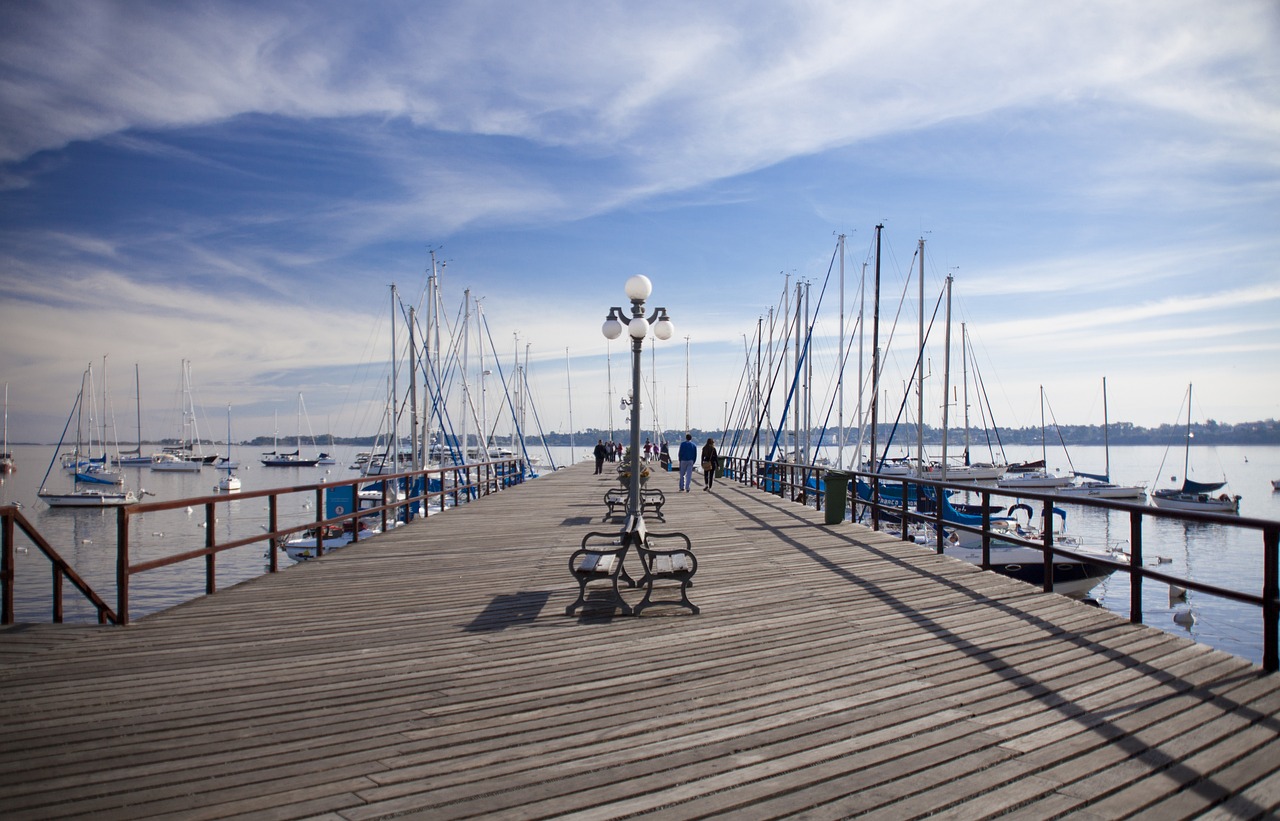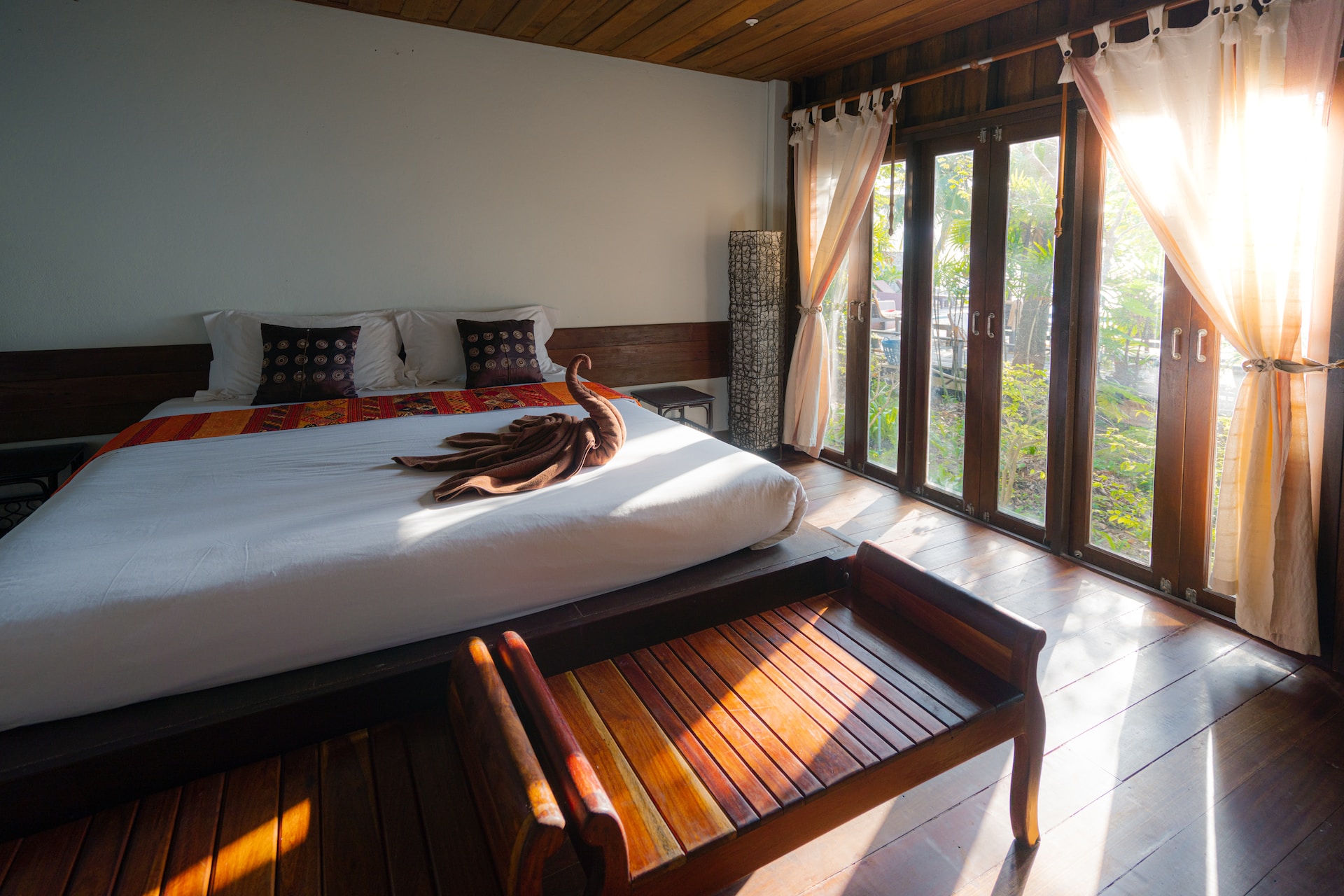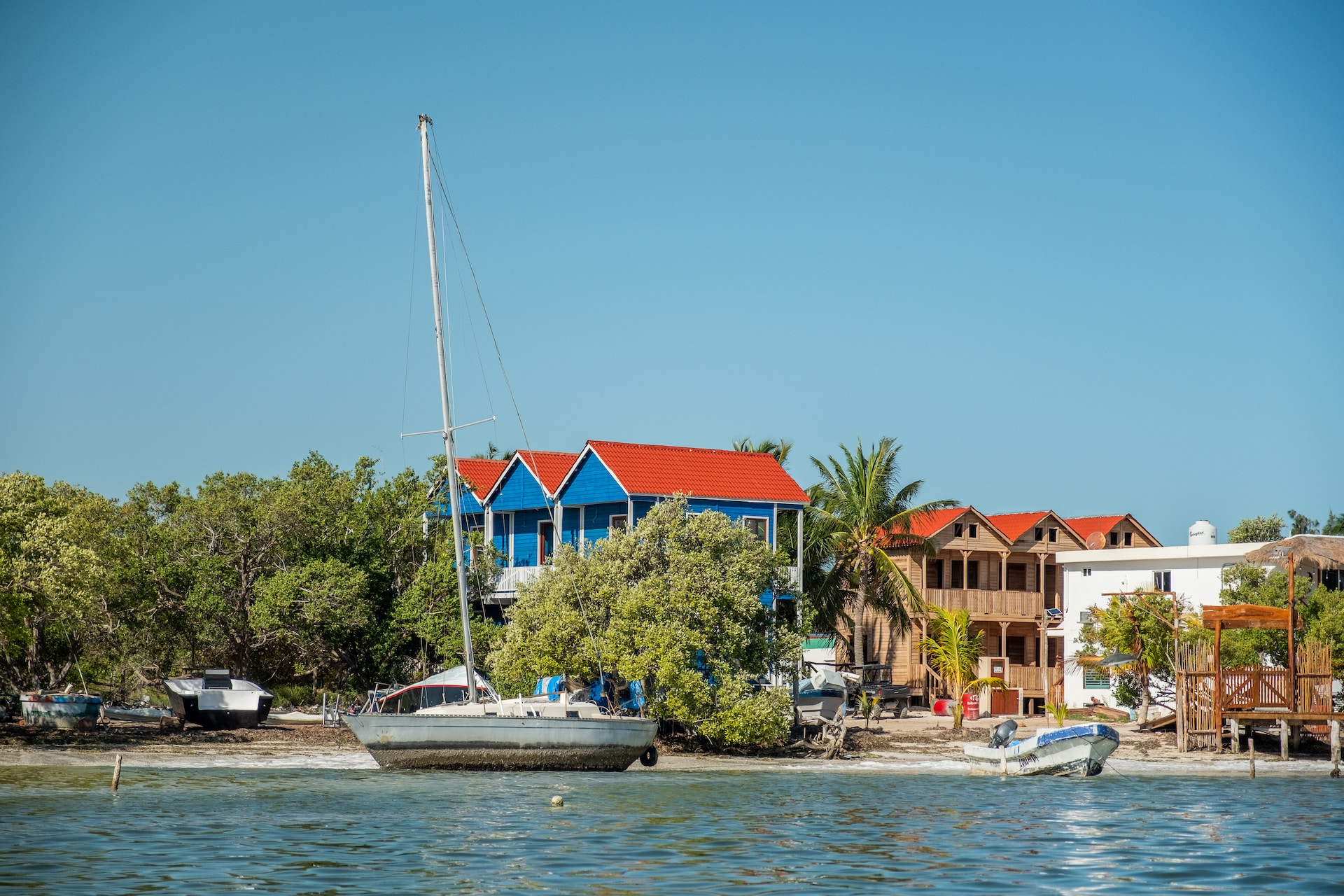Europe is renowned not only for its rich history, diverse culture, and delicious cuisine but also for its progressive labor policies. One notable perk many European countries offer is generous paid vacation leave, allowing workers ample time to rejuvenate and maintain work-life balance. Here, we delve into ten European countries where workers enjoy over a month of paid vacation.
- France:
Vacation Days: Typically, French workers get 30 paid vacation days.
Insight: The French take their holidays seriously. From the bustling streets of Paris to the serene vineyards of Bordeaux, the country tends to slow down in August, as locals take time off to relax and travel. - Spain:
Vacation Days: Spanish labor laws grant workers 30 days of paid leave.
Insight: The Spanish siesta isn’t the only downtime in Spain. Summer months see Spaniards flocking to coastal regions, and the festive month of December is marked by extended vacations. - Italy:
Vacation Days: Italian employees enjoy up to 32 days of paid vacation.
Insight: Italy, with its renaissance art, charming countryside, and delicious food, values the importance of leisure. Italians often spend their vacations within their country, exploring different regions. - Portugal:
Vacation Days: Portuguese labor laws mandate 35 days of paid vacation.
Insight: The Portuguese value time with family and relaxation. Coastal regions, especially the Algarve, see an influx of locals during the summer vacation period. - Germany:
Vacation Days: German employees enjoy, on average, 29-30 days of paid leave.
Insight: Despite its strong work ethic, Germany recognizes the importance of downtime. Many Germans use this time to travel, both domestically to spots like Bavaria, and abroad. - Sweden:
Vacation Days: Swedish labor laws grant 25 days, but many employers offer more, bringing the average to 33 days.
Insight: Sweden’s labor policies, including parental leave and vacation time, are among the most progressive. The extended summer daylight hours provide Swedes ample time to enjoy their vacation outdoors. - Finland:
Vacation Days: Finns enjoy between 30 to 40 days off, depending on their work sector.
Insight: Finland’s stunning landscapes, dotted with lakes and forests, are a haven for those on vacation. Many Finns have summer cottages where they retreat to enjoy the Midnight Sun. - Norway:
Vacation Days: Norwegians are entitled to 25 statutory vacation days, but public holidays and added benefits can increase this.
Insight: Norway, with its fjords, northern lights, and hiking trails, offers ample holiday opportunities. Many Norwegians use their vacation days to explore the natural wonders of their homeland. - Austria:
Vacation Days: Austrian workers get a minimum of 25 paid vacation days, but when combined with public holidays and added benefits, it often surpasses a month.
Insight: Austria, known for its alpine landscapes and classical music heritage, sees locals indulging in skiing holidays or cultural city breaks during their time off. - Denmark:
Vacation Days: Danish employees get five weeks of vacation, totaling 25 working days. When factoring in public holidays, it exceeds a month.
Insight: Danes, embodying the spirit of ‘hygge’ (coziness and comfort), often spend vacations in summerhouses along the coastline or travel abroad.
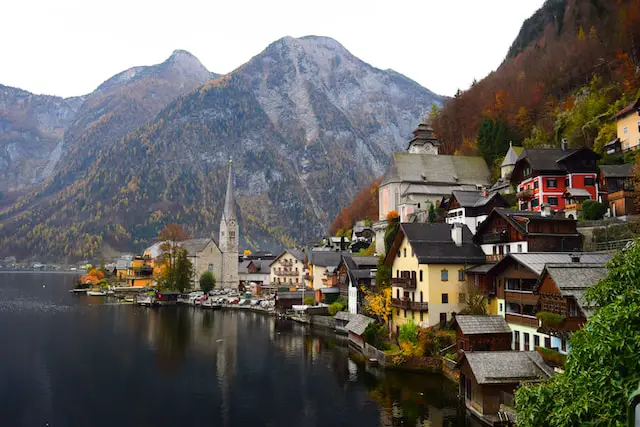
Benefits of Extended Paid Vacations:
Increased Productivity: Contrary to the assumption that more holidays lead to decreased productivity, the opposite is often true. Refreshed employees return to work with renewed energy and creativity.
Mental Health: Prolonged working periods without breaks can lead to burnout and stress. Regular vacations can significantly reduce the risk of work-related mental health issues.
Economic Boost: Domestic tourism often receives a boost when locals travel within their country during vacation periods.
Job Satisfaction: Generous vacation policies contribute to increased job satisfaction and employee retention.
The emphasis on work-life balance and employee well-being is evident in the vacation policies of many European countries. While each country has its cultural reasons and historical precedents for their policies, the underlying theme is consistent: rest and relaxation are essential. These generous paid leave policies not only enhance the quality of life for employees but also contribute to a happier, more productive, and cohesive work environment. For the traveler, this might mean some local attractions or businesses close during peak vacation times, but it also showcases a way of life where relaxation and leisure are not just appreciated but institutionalized.
European work culture often contrasts starkly with other regions, particularly countries like the United States, where vacation days are more limited. In Europe, there’s a strong emphasis on maintaining a boundary between work and personal life. This philosophy is deeply ingrained in the societal framework and is reflected in laws, regulations, and everyday practices.
Economic Sustainability:
Some critics argue that extended vacations might hamper economic growth. However, European countries with generous paid leave policies consistently rank high in global happiness and quality of life indices. Moreover, as mentioned previously, domestic tourism gets a boost from these vacations, compensating for potential economic ‘losses.’
Shorter Workweeks:
In tandem with generous vacation days, some European countries have experimented with or adopted shorter workweeks, believing that well-rested employees contribute more productively in shorter, focused bursts than in prolonged hours of potential burnout.
Sabbaticals and Extended Leaves:
Beyond regular vacation days, several European companies offer sabbatical leaves, allowing employees to take extended breaks (often unpaid or partially paid) for personal or professional growth. Whether it’s for traveling, studying, or personal projects, sabbaticals are becoming increasingly popular.
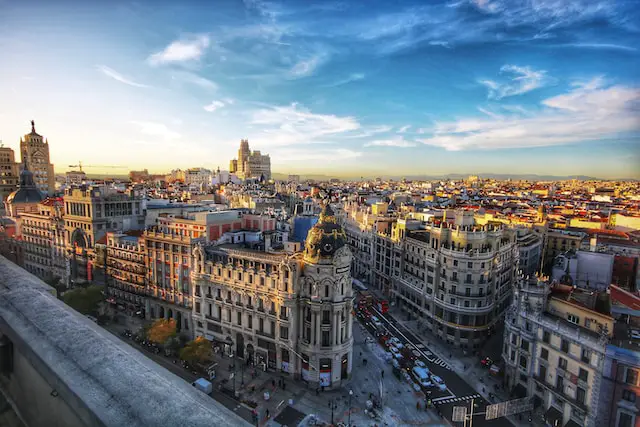
Remote Work and Digital Detox:
The recent trend of remote work, accelerated by the COVID-19 pandemic, has further blurred the lines between professional and personal lives. To counter the potential burnout from always being ‘online,’ many Europeans opt for ‘digital detox’ vacations, where they disconnect from all electronic devices and the virtual world.
Tips for Tourists Visiting Europe:
Planning is Key: If you’re planning a trip to Europe, be aware of local vacation patterns. Many establishments, especially in smaller towns, might close for several weeks during peak vacation months.
Experience the Local Way: Instead of being a mere observer, immerse yourself in the local culture. Perhaps rent a summerhouse in Denmark or enjoy an afternoon siesta in Spain.
Respect the Culture: Understand that while extended vacations might seem unusual to some outsiders, they are a treasured and essential part of European culture.
The European approach to vacation time offers valuable lessons for countries and corporations worldwide. It’s a testament to the importance of prioritizing mental well-being, family time, and personal growth alongside professional commitments. While the exact number of days might vary, the core principle remains universal: Rest and rejuvenation are not just luxuries but necessities.
By adopting a more balanced view of work and leisure, societies can enhance not only individual well-being but also foster a more creative, harmonious, and productive environment. After all, as the saying goes, “All work and no play makes Jack a dull boy.” In the context of today’s fast-paced world, perhaps it’s time to embrace the European way, valuing both the art of work and the art of relaxation.
